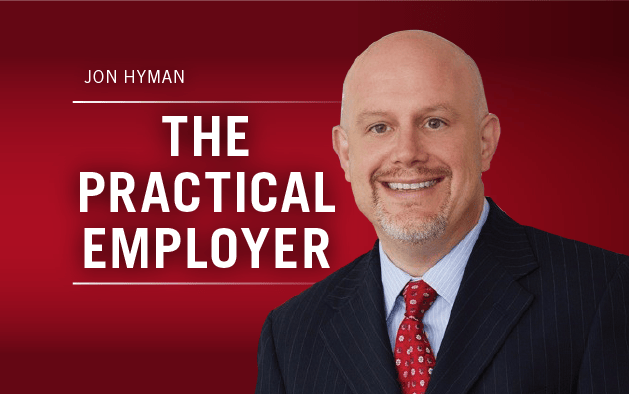Yesterday, I noted that the EEOC is examining the impact of big data on how employers reach employment decisions.
Looking at an issue and doing something about it, however, are two entirely different animals. I wonder what business the EEOC has looking at this issue at all. The EEOC’s mission is to eliminate discrimination from the workplace. Certainly, there is no claim that neutral data points intentionally or invidiously discriminate based on protected classes.
In that case, the only purpose the EEOC could hope to serve by looking at the impact of big data on employment practices is to determine whether its use disparately impacts a protected group.
“What is disparate impact,” you ask? A disparate impact claim involves an employment practice that is neutral on its face, but, as applied and to a statistical significance, it falls more harshly on one group over another. It has significant implications in race and sex discriminate claims. One federal appellate court recently and notably, however, called into question its application in age claims.
Unless big data has a disparate impact, the EEOC has no business examining this issue. So, what says the data? For purposes of this post, consider the use of social media as a recruiting tool. If an employer is relying primarily on LinkedIn to source and recruit candidates, does its use disparately impact one race or sex over another?
According to the most recently available data (c/o the Pew Research Center), the answer is no.
Kudos to the EEOC for thinking outside of the box in trying to discover new paths of discrimination to address. I wonder, however, if when the EEOC gets around to opening that box, instead of finding Pandora’s evils, it will find a whole bunch of nothing.
Jon Hyman is a partner at Meyers, Roman, Friedberg & Lewis in Cleveland. To comment, email editors@workforce.com. Follow Hyman’s blog at Workforce.com/PracticalEmployer.

